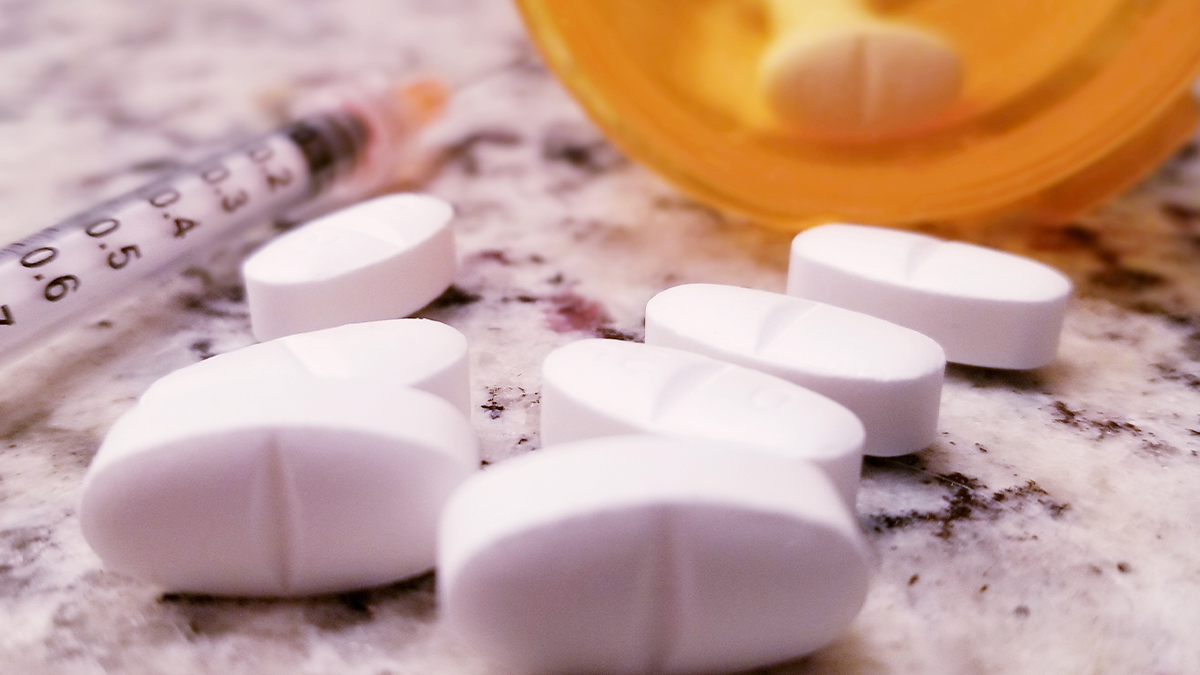
Lyrica With Suboxone: Risks And Safe Practices
The Recovery Team-Newton explores whether taking Lyrica with Suboxone is safe. Explore potential risks and guidelines

Ketamine therapy has gained attention for its potential to alleviate conditions like depression and anxiety. However, this innovative treatment is not without its side effects.
While ketamine is generally considered safe when administered under medical supervision, individuals may experience short-term effects such as nausea, dissociation, and changes in blood pressure. Long-term implications are still being studied, and there is concern about potential addiction and abuse.
Understanding the side effects of ketamine therapy is crucial for informed decision-making in mental health care as researchers strive to balance its benefits with associated risks.
Ketamine has the potential for abuse and dependence, especially in individuals with a history of substance abuse. Here’s what you need to know:
Contact us at (508) 978-2772 for more information and medical attention to foster long-term healing.
Ketamine therapy involves the controlled administration of the anesthetic ketamine to treat mental health conditions such as depression, suicidal thoughts, anxiety, and PTSD. Unlike traditional antidepressants, ketamine acts rapidly, often providing relief within hours.
It works by influencing glutamate receptors in the brain, promoting neural connections. Sessions typically consist of intravenous infusions or nasal sprays administered in a clinical setting. While the exact reason why it works is still under study, ketamine therapy shows promise as a breakthrough treatment for individuals resistant to conventional approaches.
Ketamine therapy can be associated with various side effects. It’s important to note that the effects can vary among individuals, and the use of ketamine for mental health conditions is considered off-label, meaning it is used for a purpose other than what it was initially approved for.
Here are some common short- and long-term effects of ketamine therapy:
The connection between side effects and dosage is pivotal in understanding medication efficacy and safety. Dosage, the amount of a drug prescribed, directly influences the likelihood and severity of side effects.
A higher dose may enhance therapeutic effects and raise the risk of adverse reactions. Conversely, a lower dosage might be insufficient for desired outcomes. It’s a delicate equilibrium where medical professionals carefully consider patient age, weight, and overall health. Striking the right dosage minimizes severe side effects while optimizing treatment efficacy.
Consequently, a nuanced understanding of the intricate relationship between dosage and side effects is imperative for medical practitioners and patients to ensure the most effective and safe pharmacological interventions.
Ketamine has shown promise in some cases, but it’s important to note that it can have side effects. It’s crucial to manage these side effects effectively to ensure the safety and well-being of the individual undergoing ketamine therapy.
Here are some tips on managing the side effects of ketamine therapy:
Ketamine treatment should be administered in a controlled and supervised medical setting, such as a clinic or hospital, by a trained and experienced healthcare professional. This ensures that any adverse reactions can be promptly addressed.
Patients undergoing ketamine infusion should be carefully screened for medical conditions and medications that may interact with ketamine. A thorough medical history review can help identify potential risk factors.
The healthcare provider should carefully determine the appropriate dosage for each individual based on their needs and medical history. Adjustments may be made during treatment to minimize side effects.
Ketamine can cause mild increases in blood pressure and heart rate. Staying well-hydrated can help mitigate these effects. Ensure that you drink enough water before and after the ketamine session.
Regular monitoring of vital signs, including blood pressure, heart rate, and oxygen saturation, is essential during and after ketamine administration. This helps in identifying any immediate adverse reactions.
Creating a comfortable and supportive environment during the therapy session can help patients feel more at ease, potentially reducing anxiety and minimizing the risk of side effects.
Following each ketamine session, the healthcare provider needs to conduct a thorough follow-up with the patient to discuss their experiences, assess their response to the treatment, and make any necessary adjustments to the treatment plan.
Take control of your life and beat ketamine addiction with The Recovery Team-Newton.
Our comprehensive day treatment program guides you toward lasting recovery. Our medication-assisted treatment program combines effective medications with personalized care to ease withdrawal symptoms and promote sobriety.
Let us be your partner in conquering addiction. Call us at (508) 978-2772 today to take the first step towards a healthier, drug-free life.
Ketamine infusion therapy, when administered under professional supervision, is generally considered safe. However, potential side effects may include hallucinations, dissociation, respiratory depression, confusion, and high blood pressure.
Long-term effects are not well-documented, and research is ongoing. It’s crucial to undergo ketamine therapy in a controlled medical setting to minimize risks.
Consultation with a healthcare professional or doctor is recommended to assess individual suitability and potential adverse effects.
Using ketamine, particularly as a nasal spray, may show potential benefits for major depression, supported by researchers and scientists and clinical experience. However, long-term use poses potential risks, including substance use disorders and symptoms associated with general anesthesia.
Ongoing research explores the balance between therapeutic benefits and health care implications, cautioning against excessive or prolonged ketamine use, especially in the context of alcohol and substance use disorders.
Ketamine, used for treatment-resistant depression and major depressive disorder, thoughts of suicide, and chronic pain pose severe side effects. Short-term side effects associated with this club drug pose risks such as hallucinations, elevated heart rate, and increased blood pressure.
Long-term use may impact mental health, causing anxiety or psychosis. It’s crucial to use ketamine only under ketamine clinics to mitigate potential adverse effects and safety concerns.

The Recovery Team-Newton explores whether taking Lyrica with Suboxone is safe. Explore potential risks and guidelines

Learn about Suboxone injection side effects and explore recovery solutions in this guide by The Recovery Team-Newton.